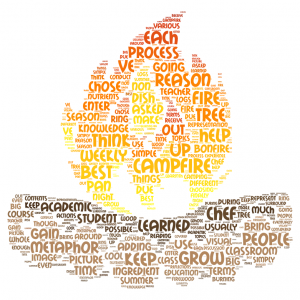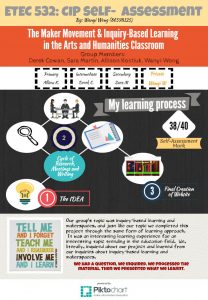SOLUTION TO LITERACY RELATED MATH DIFFICULTIES?
- How does this technology support learning and conversely how might it confound learning? What suggestions do you have for how the Jasper materials or other digital video might be utilized in your context (include suggestions for activities that do not involve the videos)? What research supports your suggestions? How might the video and/or the activities be augmented for children with learning issues in math? How have or can the contemporary digital technologies and/or their websites also support these suggestions for children with learning issues (eg. Prodigy, Desmos, King of Math, Math Bingo, Reflex Math, or others).
Anchored instruction provides instruction that aid in learning by presenting problems that students can relate to or be engaged in through meaningful content like stories or short scenarios. While reading and watching the videos, I actually started to think back on the “Bill Nye: The Science Guy” videos from when I was young, and thought back to how he used to present information in visually rich and meaning context that was easy to “absorb”, though he never really gave us questions/problems to solve, he would post questions that needed answers and would then answer them himself to us(the audience). Anchored instruction seems quite similar to problem-based learning or inquiry-based learning pedagogies to me. The use of technology in such a learning environment seems to direct “imagination” in some sense by NOT having students imagine the problem. By presenting problems in a story or scenario that students can understand showing the why, when and how, then asking students to come up with a solution, this method seems more focused and I can understand why it works. I have seen many grade school students who struggle with math problems simply because they have trouble understanding the context, and so have trouble “picturing the problem”. Students often read the word problems multiple times but have trouble understanding what the question is asking, and I have seen this occur in students who are Native English speakers or in ELL. As it’s the form of instruction that works, even if videos like the Jasper series aren’t used, activities like hands-on presentations would likely yield similar results.
This instruction method also aids in the development of crucial critical thinking and problem-solving skills, as pointed out in the readings as well, that developers incorporated that into the Jasper series and would have learning goals that “emphasize the importance of helping students -all students- learn to become independent thinkers “. This form of instruction can likely also support children with math learning difficulties as it aids in the presentation of conceptual knowledge in math. Hasselbring(2005) mentioned that students with math difficulties often struggle to make connections in the problems, and would often solve problems from procedural knowledge. Anchored instruction might be able to help them see the connection needed. Math Videos like the ones on Brainpop can likely do the same, though a subscription is needed.
References:
Hasselbring, T. S., Lott, A. C., & Zydney, J. M. (2005). Technology-supported math instruction for students with disabilities: Two decades of research and development. Retrieved December, 12, 2005. Chicago


